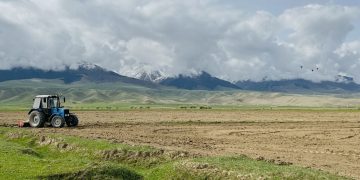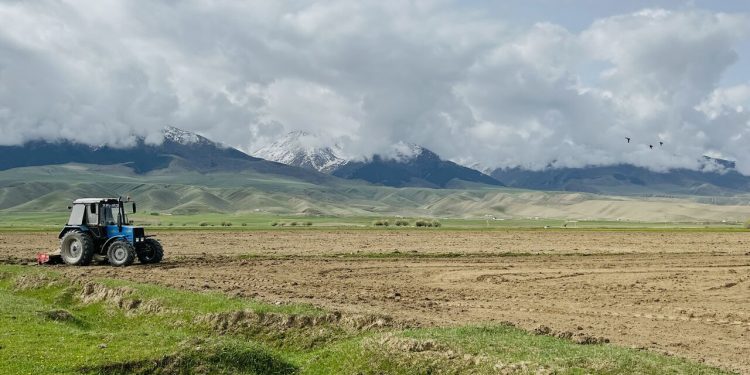Dutch growers face significant challenges as unprecedented rainfall disrupts vegetable cultivation, impacting supply and quality.
As reported by freshplaza, the erratic weather conditions in the Netherlands have created severe disruptions in field vegetable cultivation. The significant rainfall in April and May, which broke historical records, has caused widespread issues for Dutch growers, who had hoped for a favorable spring after a wet winter.
Chris Hoek, a buyer from Heemskerk fresh&easy in Rijnsburg, highlights the impact of these conditions: “The excessive rain has led to heavily saturated soils, causing poor growth and necessitating the skipping of plots. Harvested produce, especially lettuce varieties and endives, is smaller and lighter than desired, with additional defects such as blight appearing due to continuous rain.”
Specific Crop Challenges
The most notable issues have been observed in spinach cultivation. Early-season hailstorms caused initial damage, followed by extensive flooding that led to significant crop loss. The spinach that is being harvested often suffers from lower quality due to the wet conditions. Hoek warns that if this erratic weather persists, further problems are anticipated for other crops where the impact is not yet visible.
Ronny Bruijnen, Commercial Director of growers’ association Fossa Eugenia, confirms the widespread nature of the issue. “This has been the wettest spring since 1983, and the effects of the excessive moisture are lasting longer than expected. Plants remain affected for several weeks even after the weather improves, and this prolonged impact is often underestimated.”
Bruijnen specifically mentions the struggles with spinach supply and quality, as well as issues with iceberg lettuce, which has suffered from red discoloration and blight due to water damage. Although some recovery is now being observed in the market, it will take time for the export market to regain confidence in these products.
Market Dynamics
The flooding has not only impacted supply but also influenced market prices. For example, there has been strong demand for new leek due to the scarcity of old leek, despite the new leek being somewhat thin but of good quality. Courgette production, on the other hand, has yet to pick up significantly.
Growers are continuously adapting to these challenging conditions, but the erratic weather remains a critical factor influencing the cultivation and market dynamics of Dutch field vegetables.































